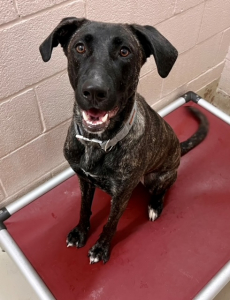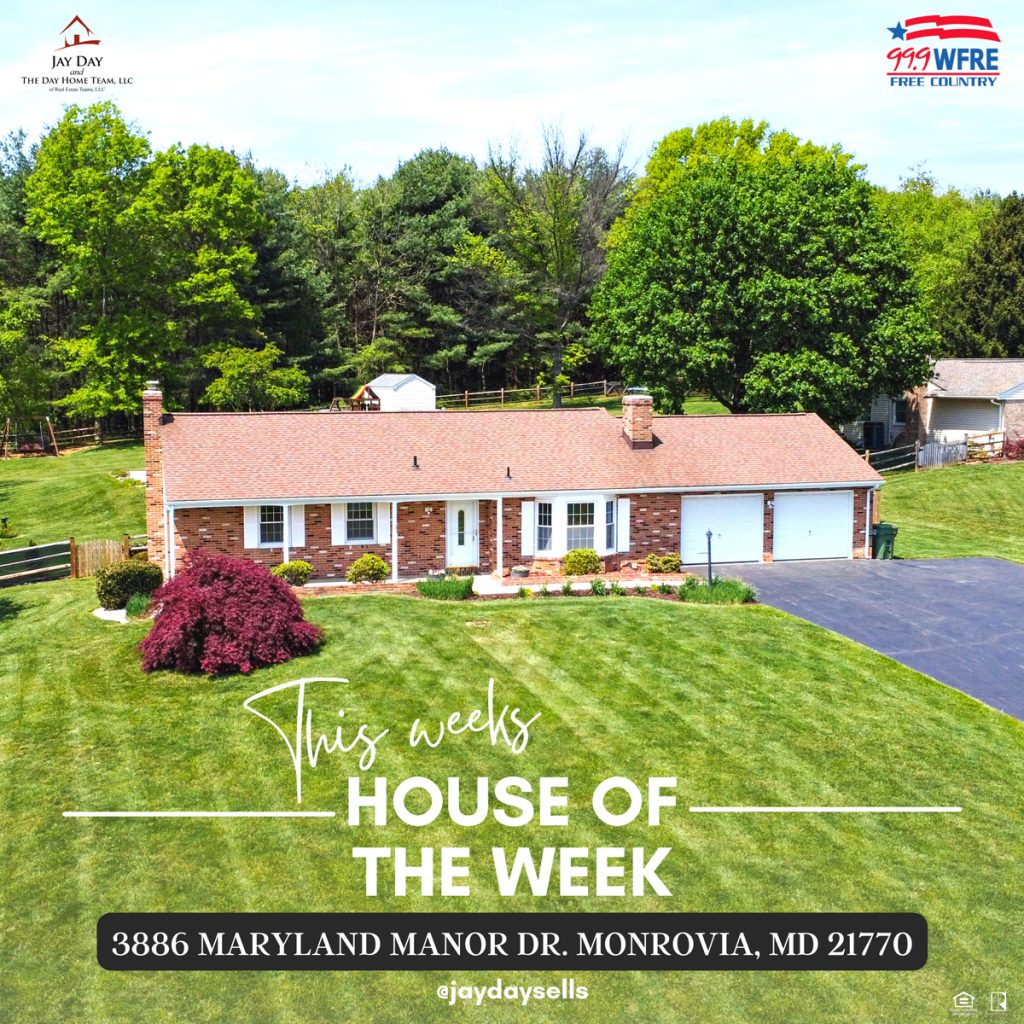
House of the Week – 5/12/23

Step inside and you’ll be greeted by a spacious living room with plenty of natural light and a cozy fireplace. The eat-in kitchen features stainless steel appliances, granite countertops, and plenty of cabinet space for all your storage needs. The main level boasts three generously sized bedrooms, including a primary bedroom with a private ensuite bathroom. The lower level features an additional bedroom, perfect for guests, and a spacious family room, ideal for movie nights or game days. The backyard of this home is a true oasis with a sparkling in-ground pool, a beautiful covered stone patio, mature landscaping, and privacy as it backs to a Christmas Tree farm. Enjoy outdoor living at its finest with plenty of space for entertaining, relaxing, and outdoor activities. Other notable features of this home include a sunroom, two-car garage, additional parking pad, and a convenient location close to shopping, dining, and entertainment. But that’s not all, the picture perfect views are what dreams are made of! Enjoy several local fireworks shows during the summer from the comfort of your own home! Monrovia is a charming area with easy access to major commuter routes, making it the perfect location for those who want the tranquility of country living without sacrificing convenience. Don’t miss out on the opportunity to make this stunning property yours!
Wake Up Crew Highlights: May 11, 2023
Brigadier General Anthony McQueen
MUNDANE MYSTERIES: Do TV Judges Have Any Real Legal Authority?

A longtime staple of daytime TV, at some point or another everyone who’s ever watched Judge Judy has wondered: does she, or any other TV judge, really have any actual legal authority?
Judith Sheindlin actually used to be a real, live judge back in the day. Ed Koch, the former mayor of New York City, appointed Mrs. Sheindlin to a family court post in 1982 before making her the supervising family court judge for Manhattan in 1986. But while TV court shows don’t take place in real courtrooms or feature real trials, usually they are real cases. Producers will often reach out to parties who have pending small claims court cases & instead offer those folks the chance to appear on TV. So, what you end up seeing TV court shows is actually just a process called arbitration pretending to be small claims court.
A legal way of resolving disputes outside of court, arbitration sees parties present their cases to a neutral, third-party arbitrator who hears the case, examines all the evidence, and then makes a decision on the matter. The authority Judge Judy & other TV judges have over the disputing parties is actually granted by a contract signed by all those involved, which is specific to their case. Before appearing on the show, all parties involved will sign a contract that, among other things, makes the arbitrator’s decision final & binding.
TV judges ultimately make their decision on the case either for the plaintiff, in which case the producers usually award them a judgment fee, or for the defendant, whereby the producers award both parties with an appearance fee. That system tends to tip its favor more toward defendants, which incentivizes them to have their case heard on TV instead of court. If their case is weak, appearing on the show absolves them of financial liability. But if their case is strong, defendants stand to earn an appearance fee along with their victory. But if one side or the other doesn’t like the arbitrator’s decision, the only real way to appeal the decision successfully would be if their complaint addresses a matter outside the scope of the contract.
So, if you’ve got some issue you’ve been thinking about taking to small claims court in the near future, maybe give Judge Judy’s folks a call!
And if you’ve got a Mundane Mystery you’d like solved, send me an email: [email protected].
BROUGHT TO YOU BY: Berryville Graphics
Pharaoh our Jay Day and The Day Home Team Pet of the Week
MUNDANE MYSTERIES: Do British Royalty Have Last Names?

The coronation of King Charles III is finally official, as of Saturday (5/06/2023). But one question that popped up in the minds of many watching the ceremony was: what is Charles’ last name?
When you’re British royalty, you’re rich…you’re famous…and you never have to use a last name. I mean, yeah…being famous means everyone already knows who you are. There’s only one King, y’know, so it’s not like Charles has to delineate which Charles he is. But while the rest of the world tends to go by two names, why doesn’t the royal family seem to use a last name?
Actually, the British royal family does technically have a last name: it’s Windsor. Though, that’s a fairly recent development. Prior to 1917, royals were usually referred to by their territory or the Royal House of which they were a member. For example, the full name of King Edward VII, Queen Victoria’s eldest son, was Albert Edward Saxe-Coburg-Gotha. But in 1917, King Edward’s son, George V, found himself facing a perplexing situation: his surname sounded a bit German, which, at the time, wasn’t such a great thing to have since it was in the midst of World War I. So, Edward decided to change his family name to reflect where they lived: Windsor Castle. Since that time, almost all descendants of Queen Victoria have borne the last name of Windsor.
But to make things a tad more interesting (i.e., confusing), in 1960 Queen Elizabeth II & Prince Philip, her husband, decided to put their own twist on the Windsor name. Y’know, to spice things up & distinguish their descendants from the rest of the royal family. From then on, Elizabeth’s children & their kids have been able to use Mountbatten-Windsor as their surname on official documents, like marriage & birth certificates.
Revolving around precedent rather than official decree, kings & queens are able to change their familial last names at will. Oh, and royals will also sometimes adopt other names when it’s convenient. A perfect example of that is when Princes Harry & William, adopting their father’s designation as the then-Prince of Wales, used Wales as their last name while they served in the British military.
So, what’s in a name you may ask? Well, I guess it depends on what day it is & what the occasion may be (and which royal you may be asking).
Got a Mundane Mystery you’d like solved? Send me an email: [email protected].
BROUGHT TO YOU BY: Berryville Graphics
